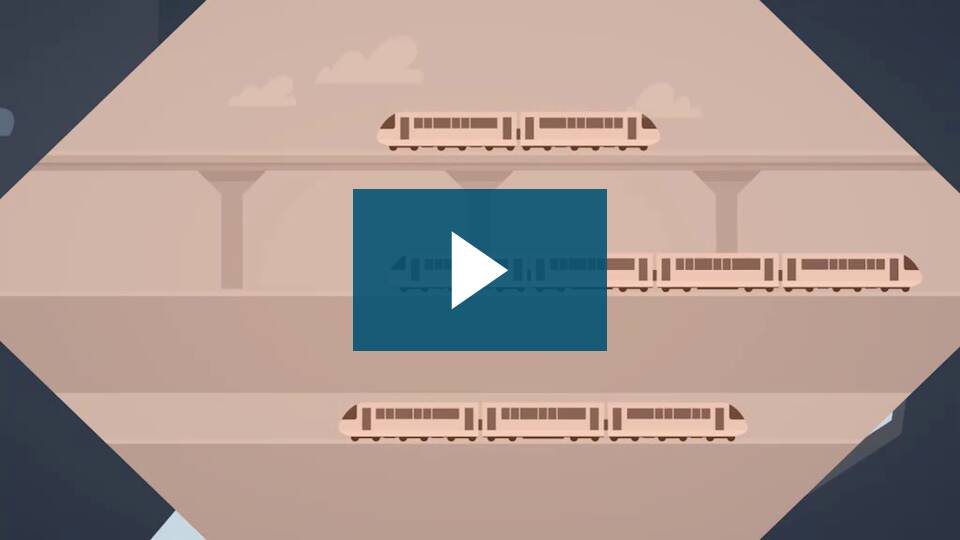Digital Node Stuttgart: What Is It?
Recently a newsletter mentioned that Siemens was awarded to supply 28 new EMUS for Digital Node Stuttgart. LINK. I was intrigued, and wondered why would they need new trains? The article did mention that the digitalization requires retrofitting current trains, hence new trains are needed to support current use. But what is the digitalization about.
UK has a comparable program, called digital railway, and almost in a lot of way, they are the same with the programs in Stuttgart, Germany.
The idea is that trains will be operating at ETCS Level 2 or above, which allows closer distance between trains (headway). This means more trains can be operated, hence more passengers or materials can be transported. ETCS is not new, but a ‘digital’ part is added where due to the ability of the train to report its location (previously this is not possible, control centre only knows that a train is within a stretch of track), the control centre can automatically regulate the train.
A better explanation would be this video. A more technical explanation which is applied in Germany, is here (link in German)

Technology behind the Digital Railway animation
This might seem simple and nothing to shout about for a normal passenger, right? After all, Google Maps or Waze reroute traffics since 10 years ago and has been the norm. I thought so too initially but after reading and talking to people in the industry, from the few samples and my humble observation, I can appreciate why these innovation are novel and a big thing in the industry. Here are my opinions:
- The nature of railway operation and business – Railway has a large capex; hence any changes is very hard to be implemented. It needs to be justified and what makes the justification even harder is that the return of investment is normally benefits to the public which is hard to be quantified. Due to this and also an affect from this, the assets normally (designed to) have a long life.
- Tracks and route don’t change, much – relating to point number 1, but also because trains don’t travel to ‘different’ places. Unlike cars where (almost) any route is possible, trains normally follow a set route. Passengers change, trains are set.
- A strong ‘culture’ of safety in the industry – compared to the automotive industry, where the society is more forgiving of accidents on the road. I am not saying the sense of vigilance should be relaxed, but it is just that the railway industry has demanded quite stringent adherence. A motorist getting in an accident due to following waze/navsat would hardly make the news, but a train caught in accident due to a new control or traffic management systems, will surely be a case study. Yes, they are not the same and the effort put into developing them are different, but this shows too why innovations like the digital railway is hailed so much.
Back to the Stuttgart Digital Node. It seems that Stuttgart is the first node that will have over 250 km of tracks digitalized. From my understanding, the works are still being rewarded and development are ongoing, but it would be interesting to see in the future, how the digitalization impacts the railway. The article mentioned reduction of half a minute headway but let’s see what else will be affected in the future.
Thank you for reading.

